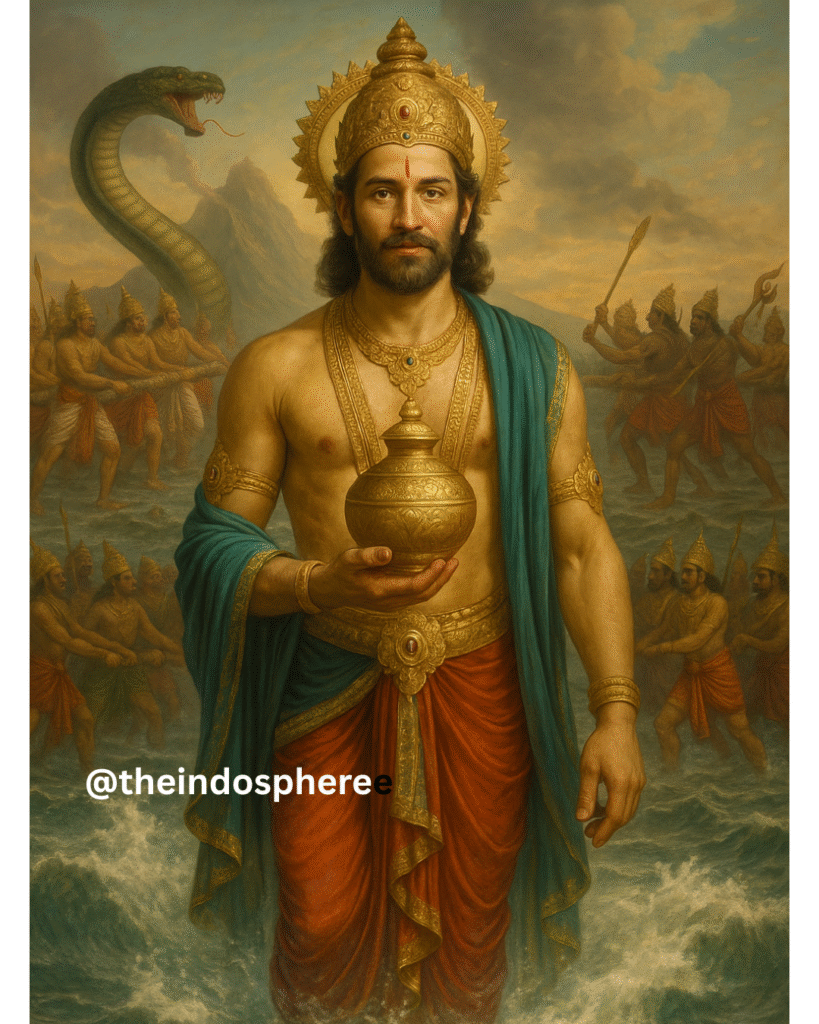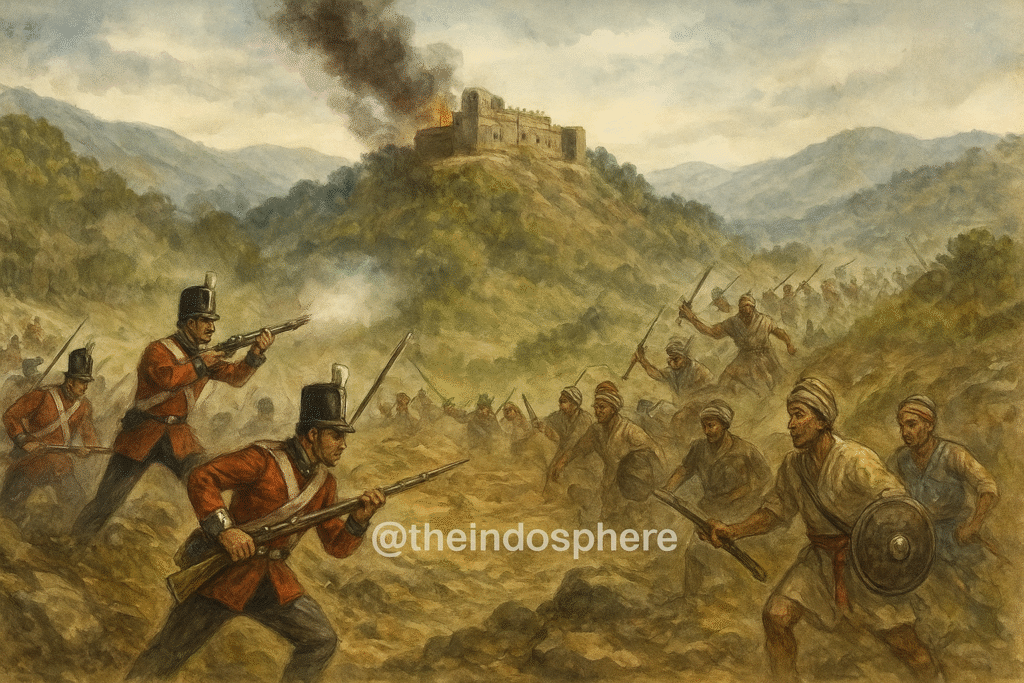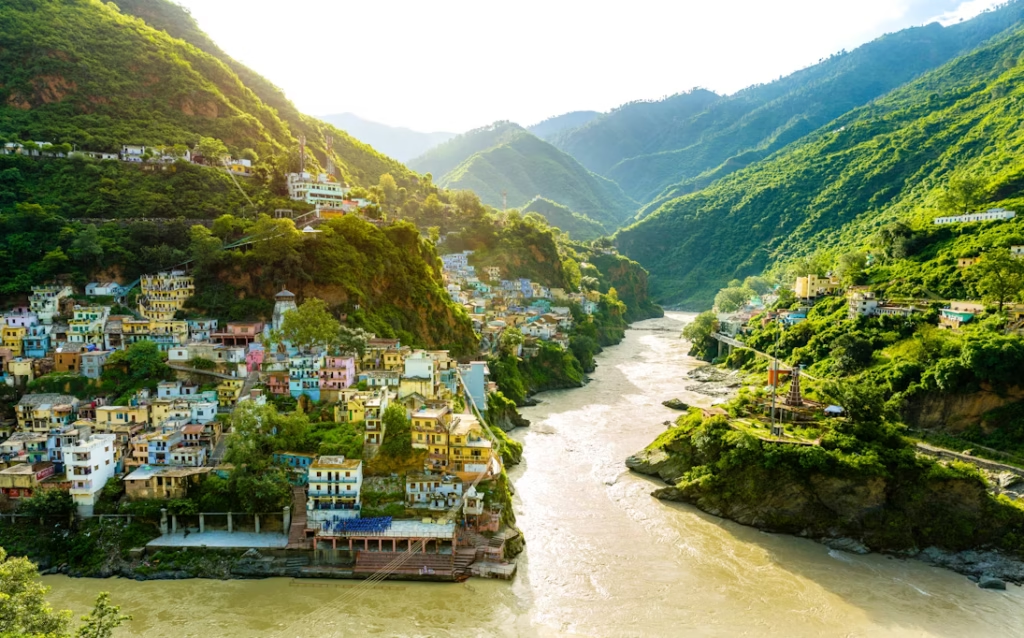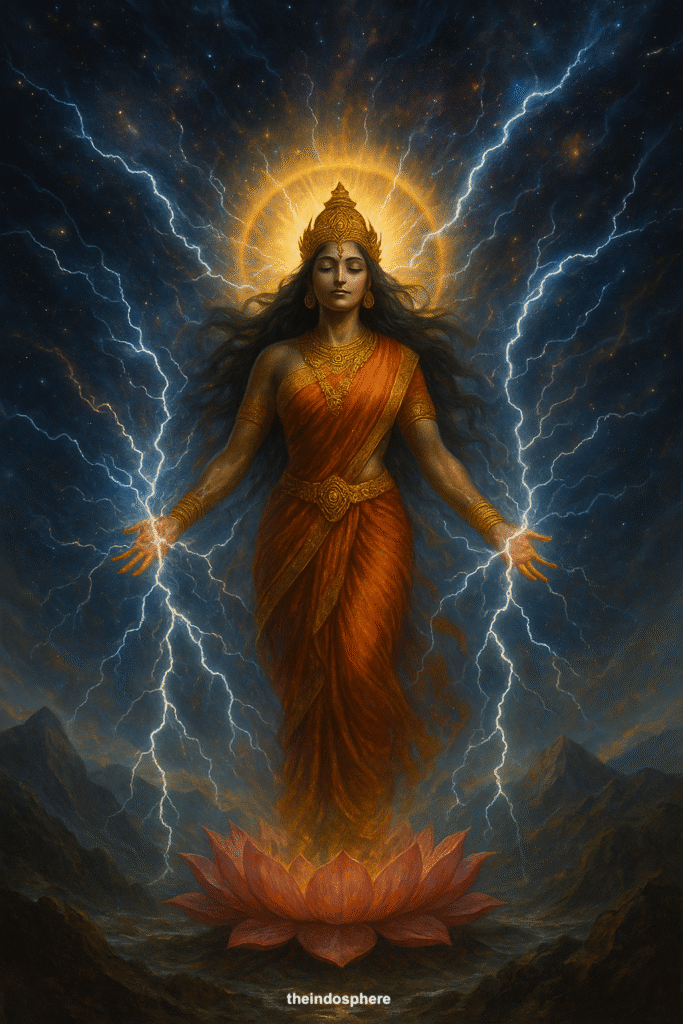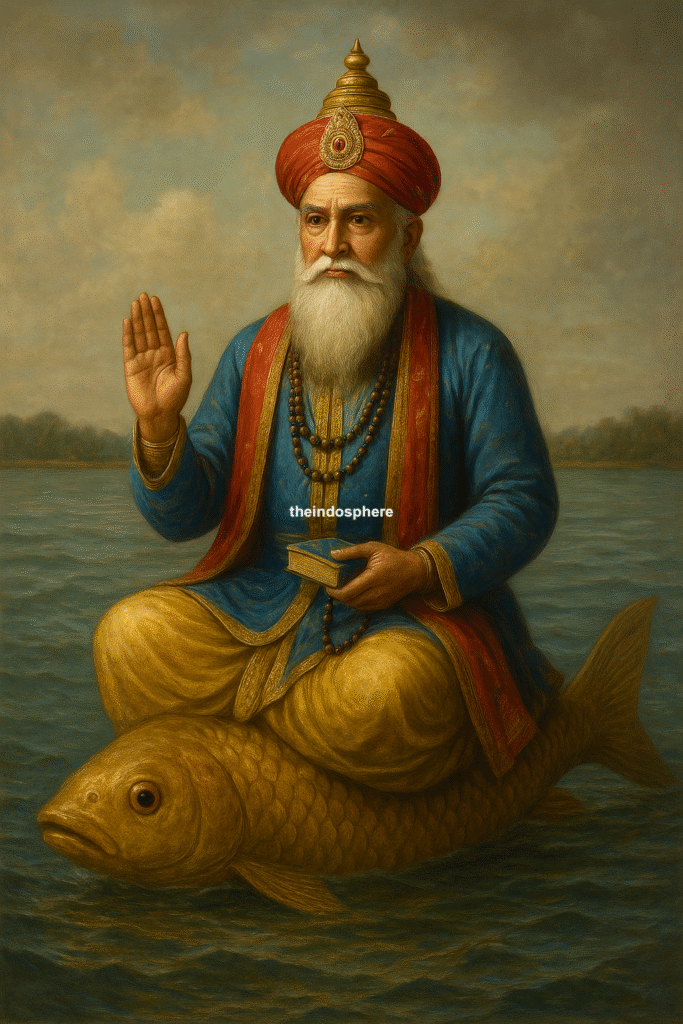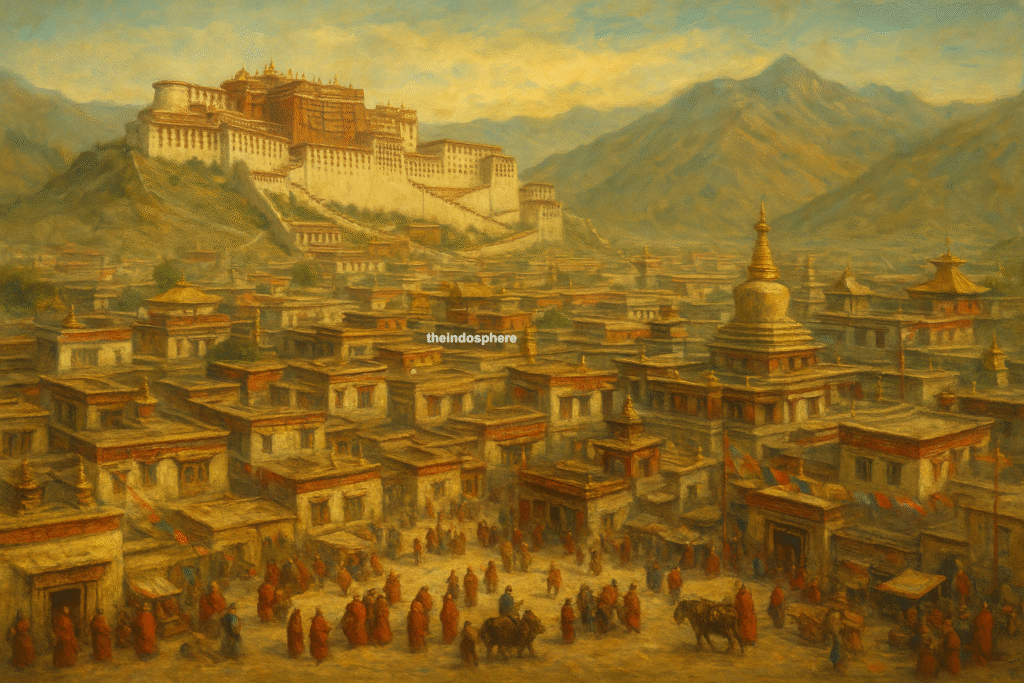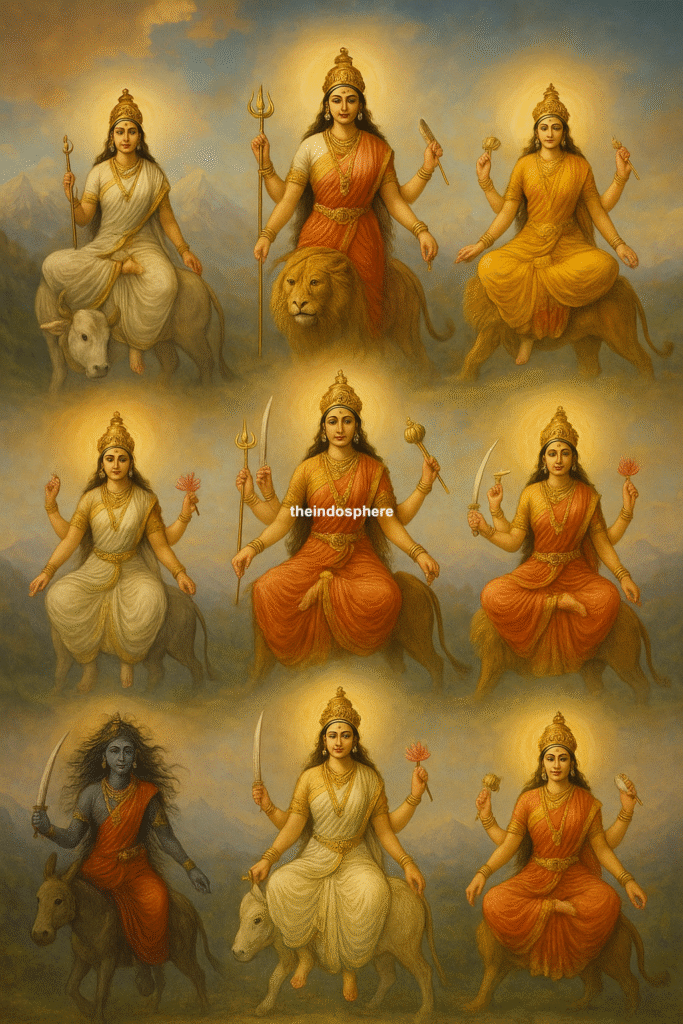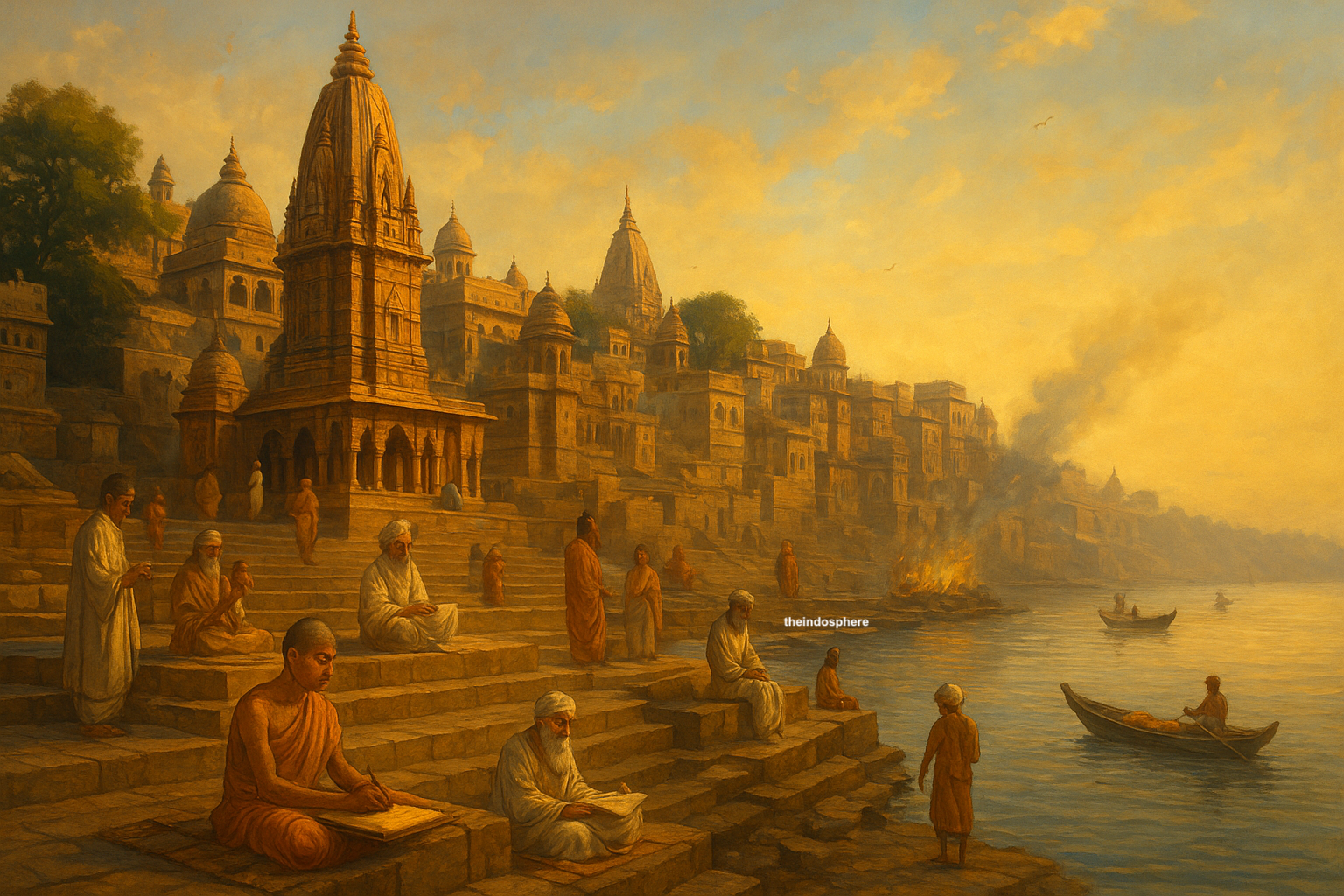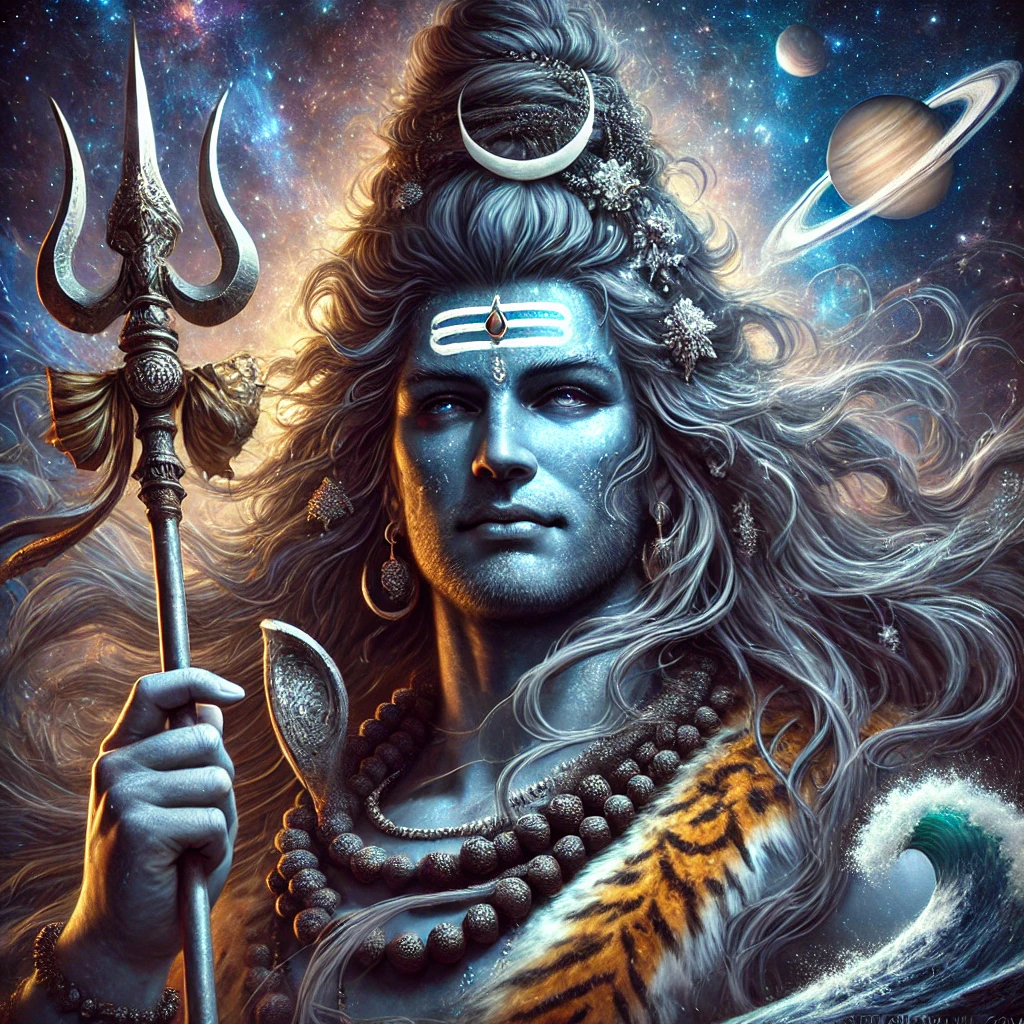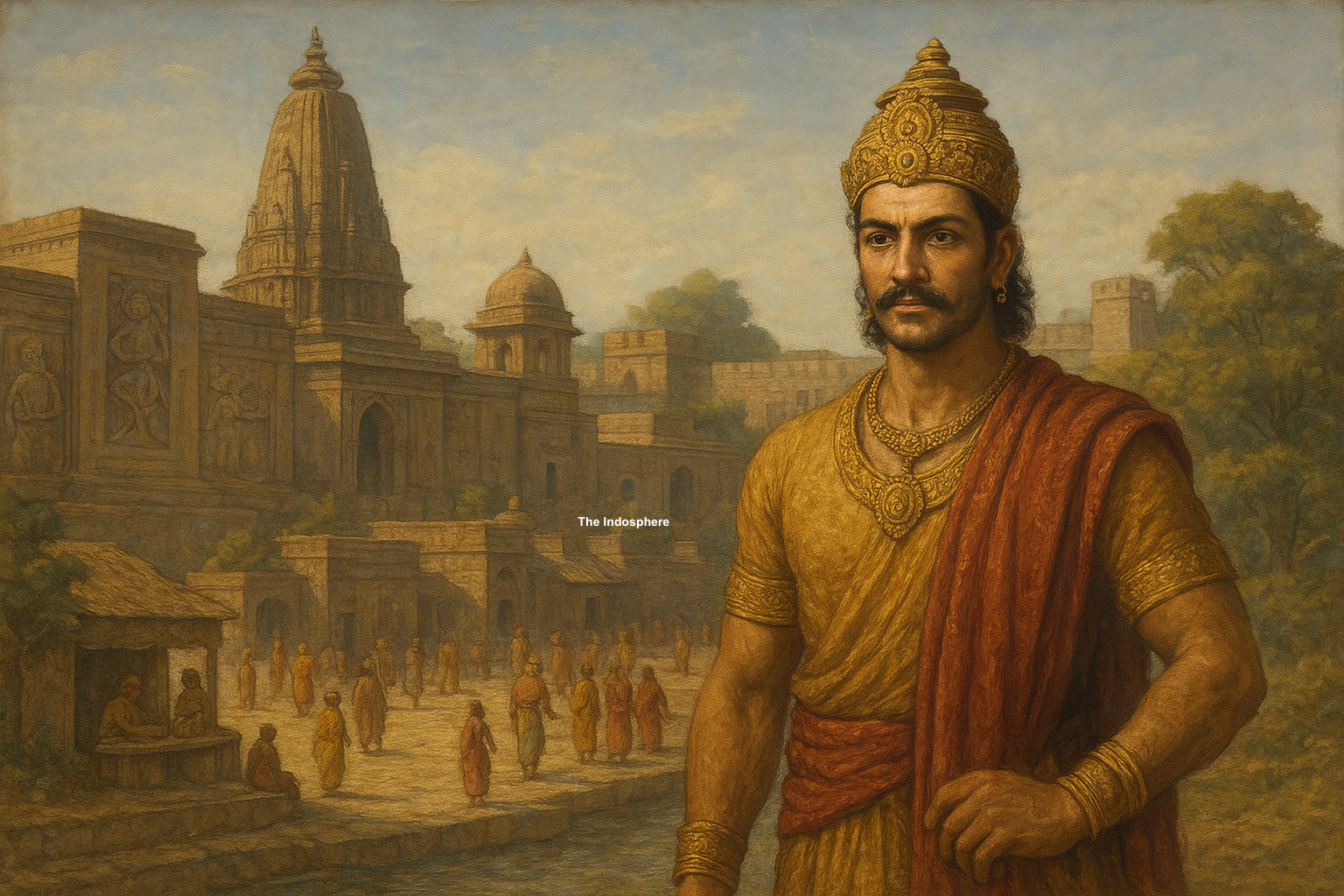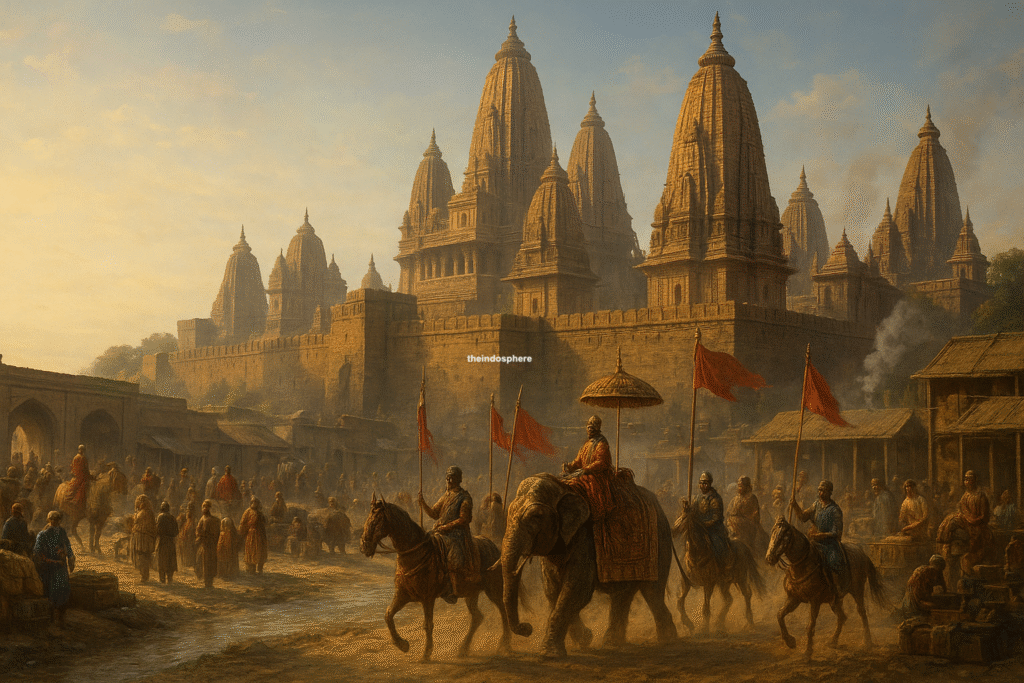
Welcome to The Indosphere
A hub for Indian culture.
Rich History
Unravel the complexities of India’s historical narrative through engaging articles.
Latest Posts
Explore indosphere
Delve into extensive articles covering various aspects of Indian history and culture.

Frequently Asked Questions
Find answers to common questions about our mission, content, and community at TheIndosphere.com

